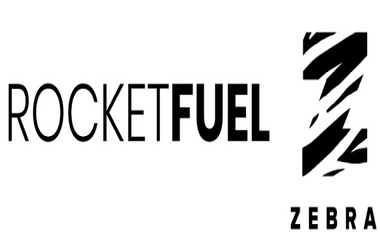Assessing the current progress towards open banking

Open banking refers to the concept of consumers giving third-party app developers access to their transaction information, usually from their bank, directly through an API. This allows the fintech ecosystem to build more value, creating tools that support these customers throughout their daily lives and providing meaningful insights to their banking data.
Open banking has existed as a concept for several decades, but it has only come to life in practice in the last couple of years. In fact, it may have reached mainstream status at just the right time. According to Constanza Castro Feijoo, Stakeholder Engagement Manager at the Open Banking Implementation Entity (OBIE), open banking in the UK – one of the pioneering markets for it – has only been around since 2018 and it took two years to get the standard live.
Like most things in fintech, it started relatively slowly. After 1 million people had started using open banking services in their everyday life, it took a year for the industry to reach 2 million people. Nevertheless, it took only 3 months for open banking to accumulate its last million customers, from 5 to 6 million users. Today, there are 6.6 million users of open banking technologies in the UK, and 90% of banks adopt the standard and offer this service to their customers. Over 250 fintechs have joined the open banking ecosystem, and there are regularly 1 billion API calls a month involved in enabling the technology, says Castro Feijoo.
Part of the reason for this success is that regulators and government agencies have been early adopters of open banking, recognizing its potential to completely reshape the banking landscape. In the UK, open banking was initially imposed on the nine banks that together offer 85% of all business and personal accounts – but of course the sector has since exceeded all regulatory minimums. According to Grand View Research, the size of the global open banking market is expected to grow to over US$135 billion by 2030.
Open banking is still learning, still refining
“We’re still learning and we’re finding things we need to improve as we go,” says Nicole Green, VP Product Strategy and Operations at Yapily, summing up the current moment open banking is in. “That’s where we are as an industry – we is perhaps a teenager, if we wanted to grow older. We are going through the difficult stage.”
Broad adoption and rapid acceleration inevitably mean challenges along the way: Green acknowledges that with open banking so dynamic and ever-evolving, it is bound to pitfalls and obstacles. But when done right, open banking has the power to improve the banking relationship from three different angles.
Green thinks of the beneficiaries of open banking as three distinct groups. It is the fintech players within the ecosystem itself, who bring new open banking solutions to the market and have created entire businesses based on this new approach. Then there are the businesses that are able to consume these products and create more personalized financial products for customers – like affordability or credit ratings that can improve financial inclusion, or payment products that can eliminate chargebacks and reduce costs. The last, and perhaps most important, group is the customers themselves: they get the benefits of all these products, which can potentially have significant consequences for their financial security.
Yapily published a report late last year that cited the cost of living crisis, driven by high inflation and interest rates and rising energy costs, as a major source of concern for 95% of the population. This is an area where open banking can have a truly positive impact on consumers’ lives. According to the report, about two-thirds of respondents had started using new financial tools for the first time to help them budget, manage their bills or check their credit scores.
Do people need to understand the term “open banking”?
Despite these promising signs of adoption, Yapily’s research also shows a potentially harmful side effect of open banking’s rapid rise to success. It found that 52% of ordinary consumers have not heard of the term “open banking”, despite a growing number of people enjoying financial tools that rely on it. So is it important that consumers are educated about open banking and understand what is involved “under the hood”, so to speak?
Rolands Mesters, managing director and co-founder of Nordigen, believes it is important for consumers to understand that open banking is a reliable technology. “The early adopters need to be sure that nothing funky is happening to their most valuable assets,” he says. But this does not mean that they have to call it the same as the industry calls it. After all, few people understand the wires and signals that go on behind an ATM, but they know what it’s for – and, crucially, they know how to use it.
“The further we go into adoption, the less open banking as a name is going to matter,” explains Mesters. “Today, for example, when we make payments, we don’t really think about what kind of payments they are. We tend not to wonder whether paying with the phone at a counter is a card payment or not. It is and it is not. Open banking will hopefully get to that scale, and the sooner it gets to that scale, the better. On that scale, it doesn’t really matter how many people know what open banking means and what it is.”

























